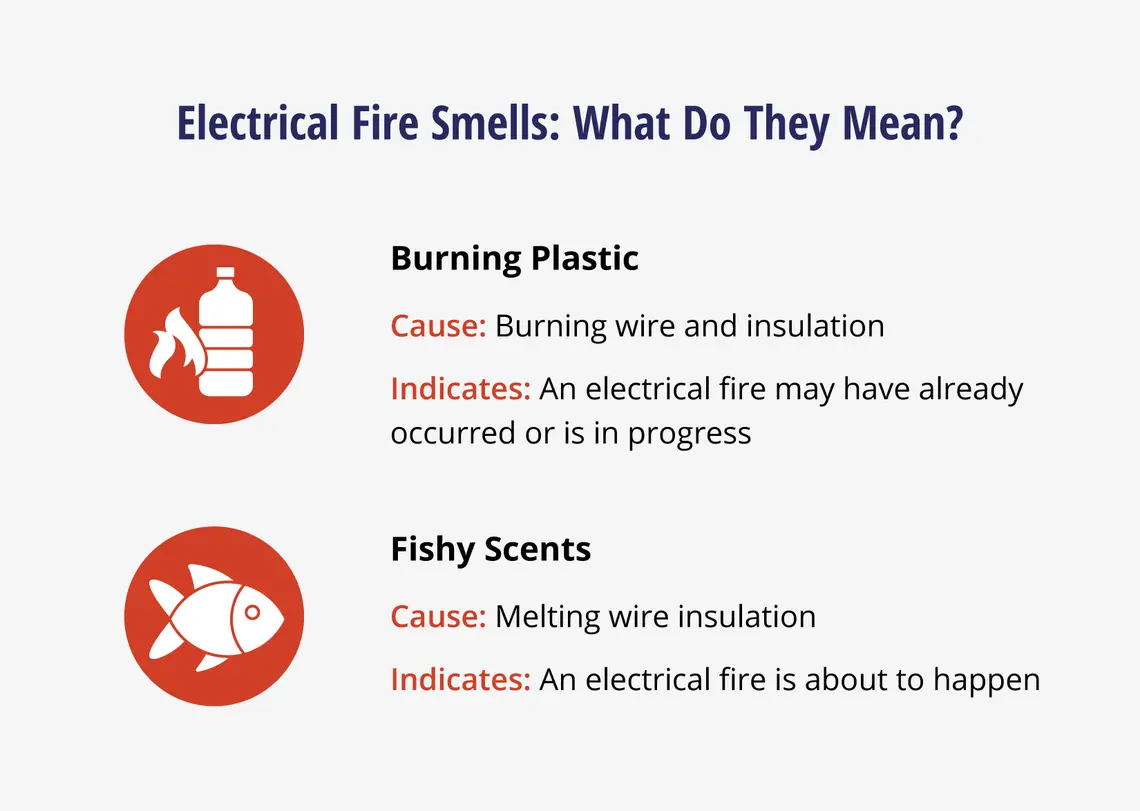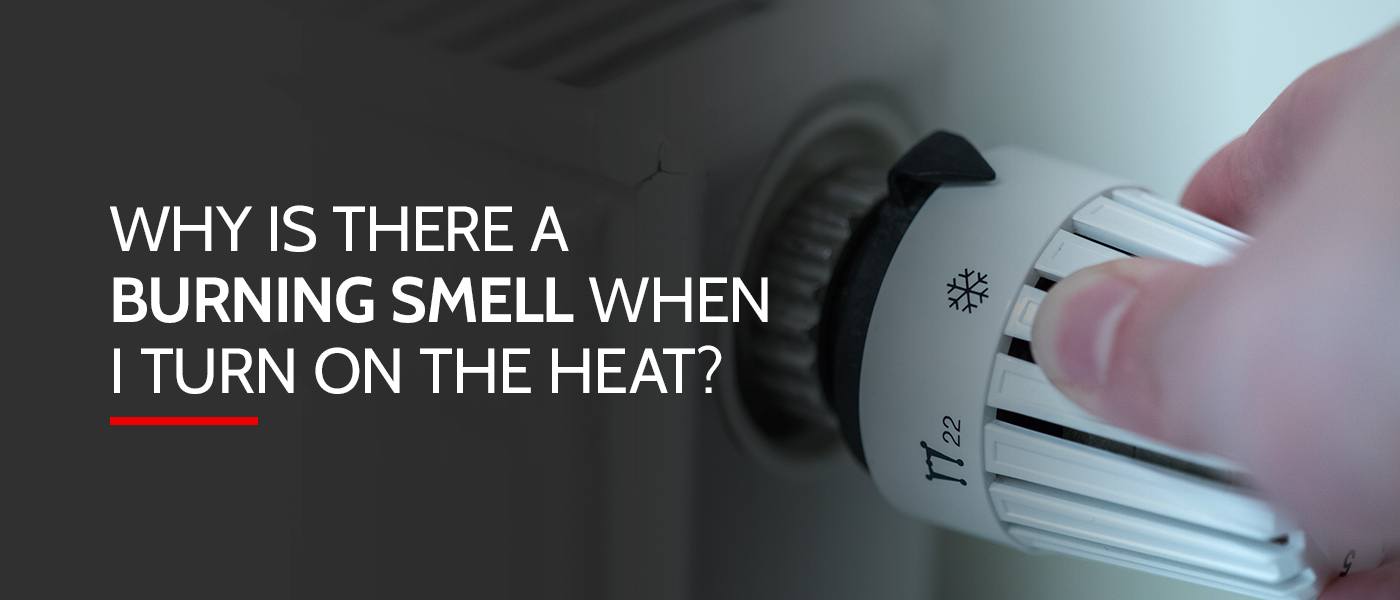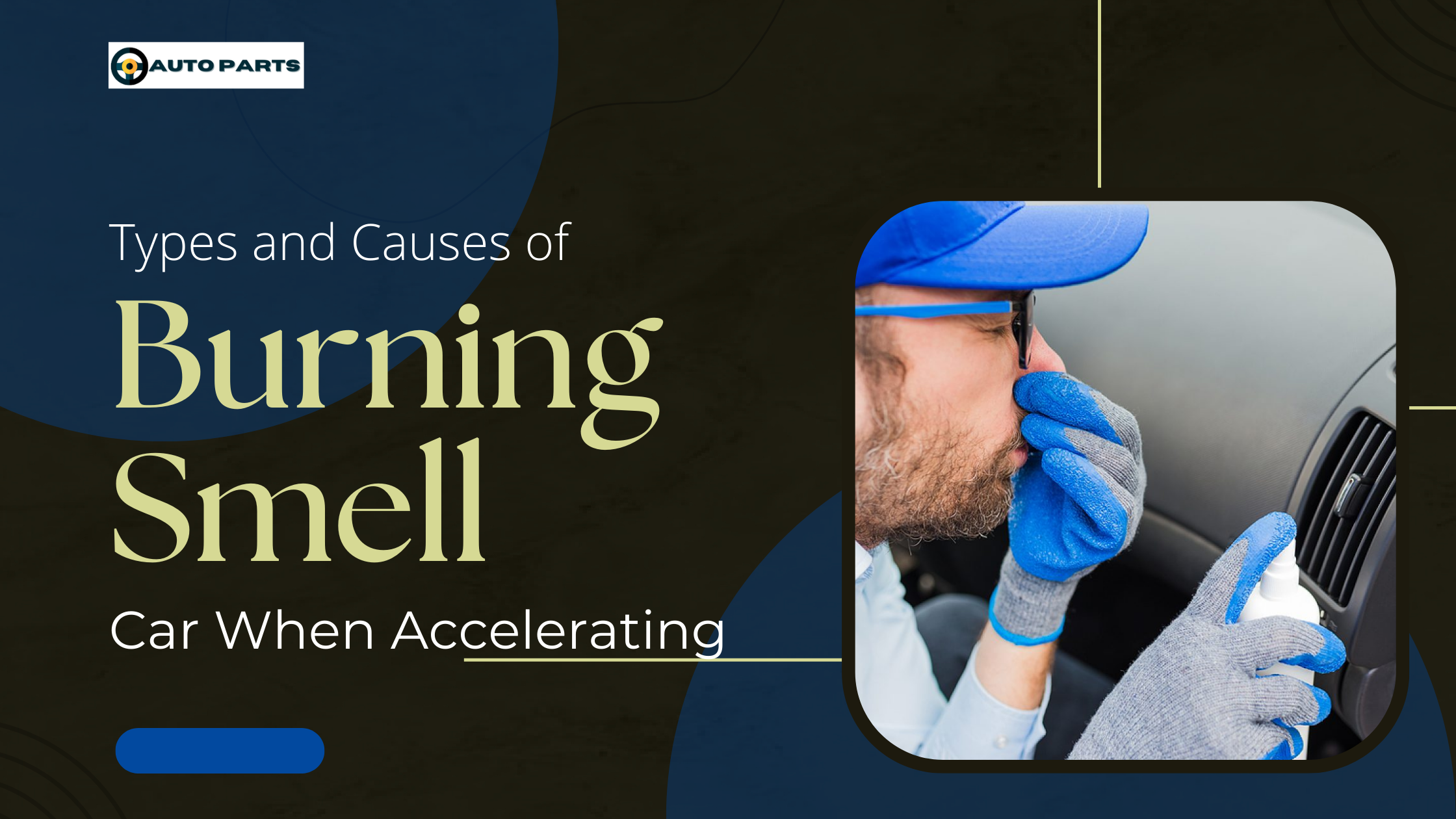Why Do I Keep Smelling Something Burning

That acrid smell of something burning drifting through your home can be unsettling. When it's coming from your HVAC system, it's time to investigate. Ignoring it can lead to bigger problems, costly repairs, or even a fire hazard. This guide will help you troubleshoot that burning smell, offering DIY tips and advice on when to call a professional. Your safety and the longevity of your HVAC system are the priorities here.
Identifying the Burning Smell: Is it Electrical, Dusty, or Something Else?
First, try to pinpoint the type of burning smell. This will help narrow down the possible causes.
- Electrical Burning Smell: This is often a sharp, acrid odor, similar to burning plastic or melting wires. This is serious and requires immediate attention.
- Dusty Burning Smell: This is a milder, less intense smell, often described as hot dust. It usually occurs when you first turn on your heating system after a period of inactivity.
- Ozone Smell: a pungent, sharp smell like chlorine can sometimes be attributed to an electrical arcing.
- Chemical Burning Smell: This could indicate a refrigerant leak or other chemical issue. This requires professional attention.
- Oil Burning Smell: More common in homes with oil-burning furnaces. It suggests a leak or inefficient combustion.
Troubleshooting Steps: A DIY Approach (with Caution!)
Safety First! Before attempting any DIY troubleshooting, turn off the power to your HVAC system at the breaker box. Also, familiarize yourself with the location of your system's emergency shut-off switch (usually near the unit itself).
1. Check and Replace Your Air Filter
A dirty air filter is one of the most common causes of a burning smell, especially the dusty type. A clogged filter restricts airflow, causing the system to work harder and overheat. The dust trapped in the filter can then burn.
Tools needed:
- New air filter (correct size for your system)
Steps:
- Locate your air filter (usually in the return air vent or inside the blower compartment of your furnace or air handler).
- Remove the old filter. Observe how dirty it is.
- Install the new filter, ensuring the arrow on the filter points in the direction of airflow.
Pro Tip: Change your air filter every 1-3 months, depending on usage and air quality.
2. Inspect the Blower Motor
The blower motor circulates air throughout your home. If it's failing, it can overheat and emit a burning smell.
Tools needed:
- Screwdrivers
- Multimeter (for testing voltage – use with extreme caution and only if you are comfortable working with electricity)
- Work gloves
Steps:
- Locate the blower motor inside your furnace or air handler.
- Visually inspect the motor for signs of damage, such as burnt wires, melted plastic, or oil leaks.
- Check the blower wheel for obstructions (leaves, debris, etc.).
- (If you're comfortable with electrical work) Use a multimeter to test the voltage to the motor. If there's no voltage, the problem could be with the capacitor or wiring.
Warning: Working with electrical components can be dangerous. If you're not comfortable with electrical work, call a professional.
3. Check the Furnace Heat Exchanger (Gas Furnaces Only)
The heat exchanger is a critical component of a gas furnace. It heats the air that's circulated through your home. Cracks in the heat exchanger can allow combustion gases to leak into your home, posing a serious health hazard.
This step is best left to a professional. However, you can perform a visual inspection.
Signs of a cracked heat exchanger:
- Rust or corrosion on the heat exchanger.
- Soot buildup inside the furnace.
- A strong, unusual odor when the furnace is running.
- Visible cracks (difficult to see without specialized equipment).
If you suspect a cracked heat exchanger, turn off your furnace immediately and call a qualified HVAC technician. Carbon monoxide poisoning is a serious risk.
4. Inspect Wiring and Connections
Loose or corroded wiring connections can cause arcing, which produces a burning smell. Look for frayed wires, loose connections, and signs of overheating (discolored or melted insulation).
Tools needed:
- Screwdrivers
- Wire strippers/crimpers
- Wire connectors
- Electrical tape
Steps:
- Carefully inspect all visible wiring connections within the HVAC unit.
- Tighten any loose connections.
- Replace any damaged wiring with the correct gauge wire.
- Use wire connectors to make secure connections.
- Wrap all connections with electrical tape.
Warning: Always disconnect the power before working on any electrical components.
5. Clean the Burners (Gas Furnaces Only)
Dirty burners can cause incomplete combustion, leading to a burning smell. Cleaning the burners can improve efficiency and reduce odors.
Tools needed:
- Screwdrivers
- Wire brush
- Vacuum cleaner with a brush attachment
Steps:
- Turn off the gas supply to the furnace.
- Remove the burner assembly.
- Use a wire brush to clean the burners, removing any debris or corrosion.
- Vacuum the burner assembly to remove any loose particles.
- Reassemble the burner assembly and turn the gas supply back on.
When to Call a Professional
While some HVAC issues can be addressed with DIY solutions, others require the expertise of a qualified professional. Call an HVAC technician if:
- You smell a strong electrical burning smell.
- You suspect a refrigerant leak.
- You suspect a cracked heat exchanger.
- You're not comfortable working with electrical components.
- You've tried the DIY troubleshooting steps and the burning smell persists.
- The burning smell is accompanied by other symptoms, such as reduced heating or cooling performance, unusual noises, or frequent system shutdowns.
Estimated Repair Costs
The cost of HVAC repairs can vary depending on the nature of the problem and your location. Here are some approximate cost ranges:
- Air filter replacement: $10-$50 (DIY)
- Blower motor replacement: $300-$800
- Heat exchanger replacement: $800-$2000+
- Wiring repair: $100-$300
- Burner cleaning: $100-$200
- Refrigerant leak repair: $200-$600+ (plus the cost of refrigerant)
Note: These are just estimates. It's always best to get a quote from a qualified HVAC technician before proceeding with any repairs. Consider getting multiple quotes for comparison.
Preventative Maintenance: Avoiding Future Burning Smells
Regular HVAC maintenance can help prevent burning smells and other problems. Consider these preventative measures:
- Schedule annual HVAC inspections and tune-ups with a qualified technician.
- Change your air filter regularly (every 1-3 months).
- Keep the area around your outdoor HVAC unit clear of debris.
- Consider investing in a whole-house air purifier to improve air quality and reduce dust buildup.
By taking these steps, you can help keep your HVAC system running smoothly and efficiently, and prevent those unsettling burning smells from returning. Remember to prioritize safety and call a professional when needed. A well-maintained HVAC system not only provides comfort but also protects your home and family.










